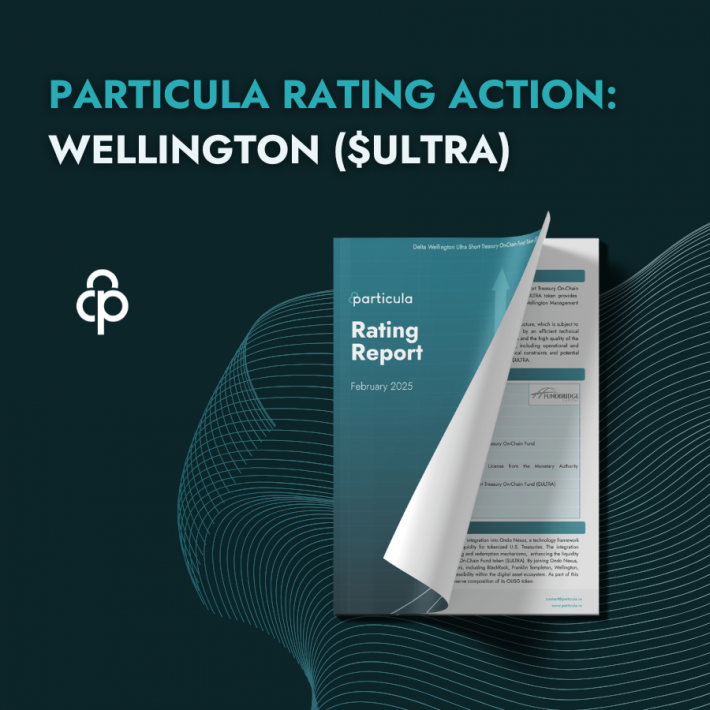How to Increase Transparency and Activity in the Digital Asset Space
In an era of evolving financial paradigms, our recent online panel, “How To Increase Transparency in the Digital Asset Space” brought together leading industry voices to explore critical issues shaping the future of finance.
The lineup featured:
- Nikola Ristic, Business Development Manager – Digital Assets at WM Datenservice,
- Stephan Dreyer, Managing Director at ANNA – Association of National Numbering Agencies,
- Denis Dounaev, Product Owner at DTIF – Digital Token Identifier Foundation,
- Axel Jester, an expert in Sales Leadership and Innovation, former VP of Global Sales at JP Morgan, Executive Director at IBM, and Regional MD at Thomson Reuters.
In this article, you will find highlights of the speakers’ key takeaways, focusing on the critical role of standardization in improving transparency and engagement within the digital asset sector and gain a better understanding of the current state of the digital asset market.
Current State of Digital Asset Transparency
During the panel, Nikola Ristic highlighted the challenges in achieving transparency, noting, “While blockchain technology inherently offers transparency, the industry still faces hurdles related to regulatory compliance and standardization.” He stressed that despite blockchain’s promise, significant gaps remain in achieving full transparency.
Regulatory Compliance and Its Impact
As the discussion progressed, Stephan Dreyer emphasized the importance of regulatory compliance, stating, “Regulatory frameworks are essential for ensuring that digital asset transactions are transparent and secure. However, these regulations must be balanced to avoid stifling innovation.” He explained that balancing compliance and innovation is crucial for the growth and acceptance of digital assets.
Technological Solutions for Enhanced Transparency
Denis Dounaev emphasized technology’s role in enhancing transparency, mentioning, “Adopting advanced analytics and blockchain tracking tools can significantly improve transparency. These technologies allow for real-time monitoring of transactions, reducing the risk of fraud and enhancing trust.” He highlighted that leveraging these technologies can bridge the transparency gap and build trust among stakeholders.
The Role of Education and Awareness
Finally, the need for education and awareness among market participants was highlighted by Axel Jester who pointed out that “Many issues in the digital asset space stem from a lack of understanding. Educating users, investors, and regulators about the benefits and risks of digital assets is crucial for fostering a transparent and active market.” He underscored the necessity of ongoing educational efforts to demystify digital assets and promote informed participation.
Key Takeaways
- Standardization and Regulatory Frameworks: The panelists agreed on the need for standardized regulatory frameworks that promote transparency while fostering innovation. Dreyer noted that well-balanced regulations are essential for the healthy growth of the digital asset space.
- Technological Integration: Leveraging technology such as blockchain and advanced analytics is pivotal for achieving greater transparency. Donuaev’s insights into real-time monitoring and fraud reduction illustrate how these tools build trust in the digital asset industry.
- Education and Outreach: Increasing transparency involves educating all stakeholders about the digital asset ecosystem. Jester emphasized that education campaigns can demystify digital assets and encourage more active participation.
Watch the full panel discussion on YouTube for more insights:
Learn More About Particula
At Particula, we have developed the first rating and analytics platform for digital assets. Our goal is to provide the next generation of ratings for the next generation of assets in order to give investors instant security, clarity and better market access.
To learn more or gain access to our platform, please contact us at info@particula.io


